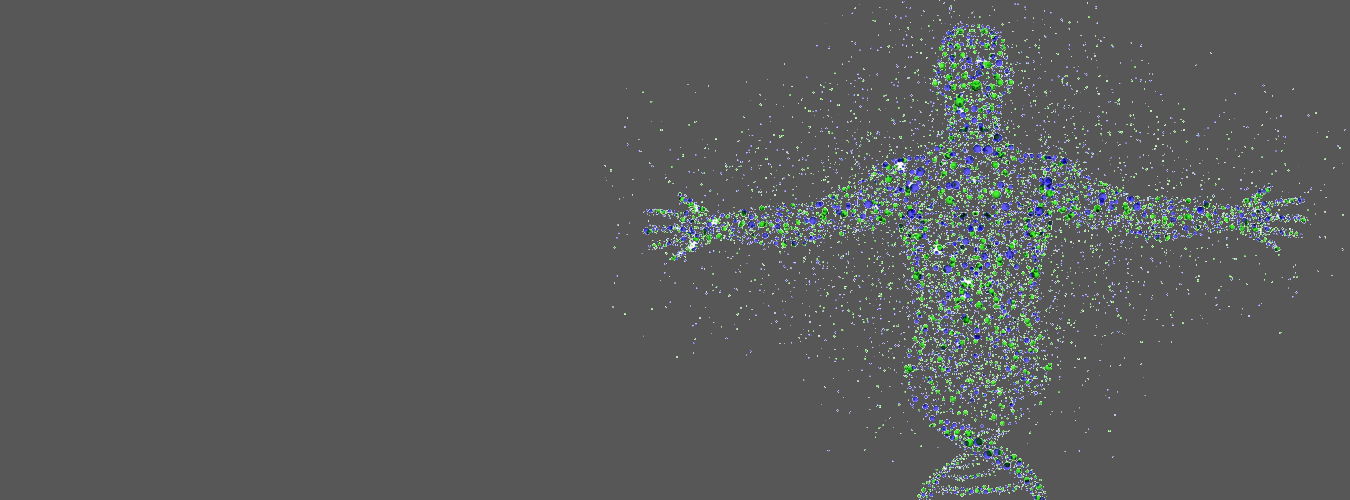Occasionally we hear from clients after they’ve implemented some recommendation for improvement that they see a temporary dip in conversion. This seemingly goes against logic — after all, if you fix a problem, things should get better, right? — but Mammals aren’t entirely logical nor rational, at least not as often as we’d like to think, and particularly when it comes to learned and patterned behavior.
Sometimes it takes your customers a while to “get used to” the changes you made (think of how long your customers’ buying cycle is), especially when they are surprised to wake up one morning and discover such changes implemented. You knew the changes were coming; the customers are generally taken off guard. A short video illustrates:
[youtube]http://www.youtube.com/watch?v=yH52XesnqJQ[/youtube]
Not only will the dog not go out the door, despite evidence it’s not there (she sticks her head thru, for goodness sake…sounds like logical, rational, tested evidence of no door, right?), but instead is cued to the behavior of the door handle. And it’s not immediately clear that she believes the evidence since she then waits outside for the door handle to be involved in re-entering the house. What she really needs is the repetition of the new activity several times before modifying her own behavior. So there’s a delay between the implementation of the change and its measured improvement.
What’s interesting is that you see this behavior in humans too. How many diet solutions focus on giving one a sense of “feeling full”, not because one needs to eat so much, but simply one has gotten used to eating a certain relative volume of food and therefore reinterprets a smaller volume as “I’m not done yet”. Or, your City fixes some streets and roads and months later drivers still need “Warning: New Traffic Pattern” signs to remind them that something different, even something improved, has come along.
Of course. over time we all become used to the new way of doing things and that’s when the actual benefits of optimization will start to yield your company the long-tail, long-term results.
This is why we so often talk about a “cycle of improvement” and a “culture of testing”, because optimization gets its biggest bang from operating continuously. So the next time you make some improvements to your site, consider the idea that it’s completely normal for a dip in conversion to occur at that point in the persuasive process; use the time to plan your next round of improvements, so that when you come out of the dip you’re ready for the next cycle. Get realistic about your expectations and you’ll be pleasantly surprised.
